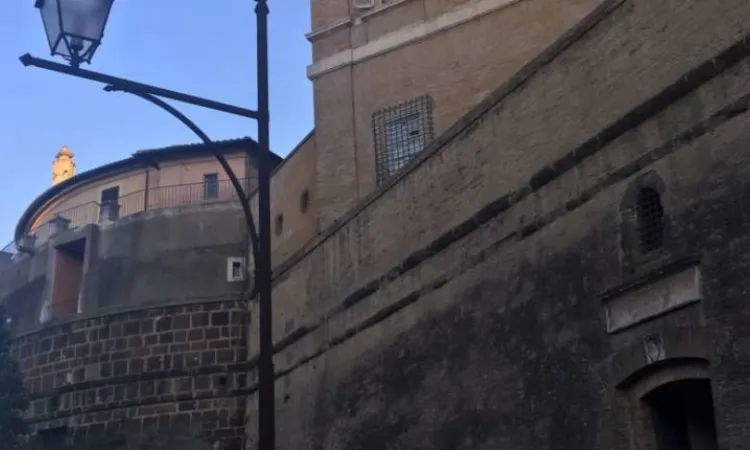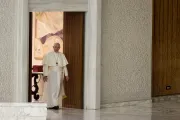When the funds were repatriated, the IOR underscored that "the repatriation of funds came into effect also because the Holy See in 2013 introduced a sound anti-money laundering system."
Despite the repatriation of the funds, the trial against Cipriani and Tulli went forward. Italian prosecutor looked at 155 operations collected under seven different charges.
Beyond the infamous €23 million, the prosecutor's investigation focused on several money transfers: €220,000 transferred by a certain Giacomo Ottonelllo; €100,000 moved by Giuseppina Mantese; €120,000 transferred by the Little Apostoles of Charity; €66,133 transferred by Antonio D'Ortenzio; €70,000 by former IOR director Lelio Scaletti, recently deceased; €100,000 by Lucia Fatello; €250,000 from the Jesuit-run magazine La Civiltà Cattolica.
In 2017, the two IOR top officials, Cipriani and Tulli, were found guilty on three of nine counts at the first instance trial. They were acquitted on six of nine counts. News reports at the time, however, focused on the novelty of the situation: for the first time, two senior officials of the so-called Vatican bank had been sentenced because of a violation of the anti-money laundering law.
More in A Vatican Observer
It is worth mentioning that the three counts on which Cipriani and Tulli were convicted were minor charges regarding technical issues.
The appeal court confirmed the acquittals and prescribed the other, minor, technical charges. This means, effectively, that Cipriani and Tulli have been cleared of all charges.
It is noteworthy that a good part of the transfer under scrutiny dealt with a religious congregation, a magazine owned by a religious congregation (Jesuits), and a former Vatican official.
While the trial went on, Cipriani and Tulli had resigned and faced a "Kafka-esque" process, since in the meantime, everything had been cleared, and the funds were repatriated.
While all that was happening, , a new season of Vatican finances began. External consultants characterized this new season.
There are many pending issues, though. Could the problem of the funds be solved before? Did the Credito Artigiano act transparently, or was the bank anyhow conditioned by the historical context of the years 2009 – 2010, that is, intense pressure from Italy? And on what grounds, precisely, were the transfers frozen in the first place, since all the IOR account holders were ecclesiastical subjects? It is also food for thought that the "zero tolerance" policy against so-called lay account holders would be instituted only after 2013.
The appeal verdict clarified that there was no reason for freezing the transfers. In addition to that, the not guilty verdict also shows that the Vatican financial system worked well even before the anti-money laundering law.
(Column continues below)
Subscribe to our daily newsletter
Issued in 2012, the first Moneyval report on the Holy See and Vatican City State , stressed that "the internal procedures established by the IOR went, to some extent, beyond the requirements set out by the Law before the amendments and additions introduced in January 2012."
The verdict finally clarifies a complex situation involving relations between the IOR and the Italian banks. The relations normalized when the Vatican Financial Information Authority signed Memoranda of Understanding with the Italian Unit for Financial Information and the Bank of Italy.
The theme of bilateral relations between the Vatican and the Italian Republic can open a broader discussion. The memoranda of understanding they reached signaled the international credibility of the Holy See. Italy signed the memoranda because the Holy See had garnered credit. The Holy See developed institutional, rather than preferential, relations with Italy.
The recent institutional crisis that led to the searches and seizures of documents in the Secretariat of State and the Vatican Financial Intelligence Authority jeopardized the Holy See's international credibility.
Egmont Group, the group that gathers the unit for financial information from all over the world, unplugged the Vatican from its secure network of exchange of intelligence information. The Holy See could get back to the network only when the Vatican Financial Intelligence Authority signed an unusual memorandum with the Vatican tribunal, which could indicate that the system did not work correctly.Otherwise, why another protocol?



